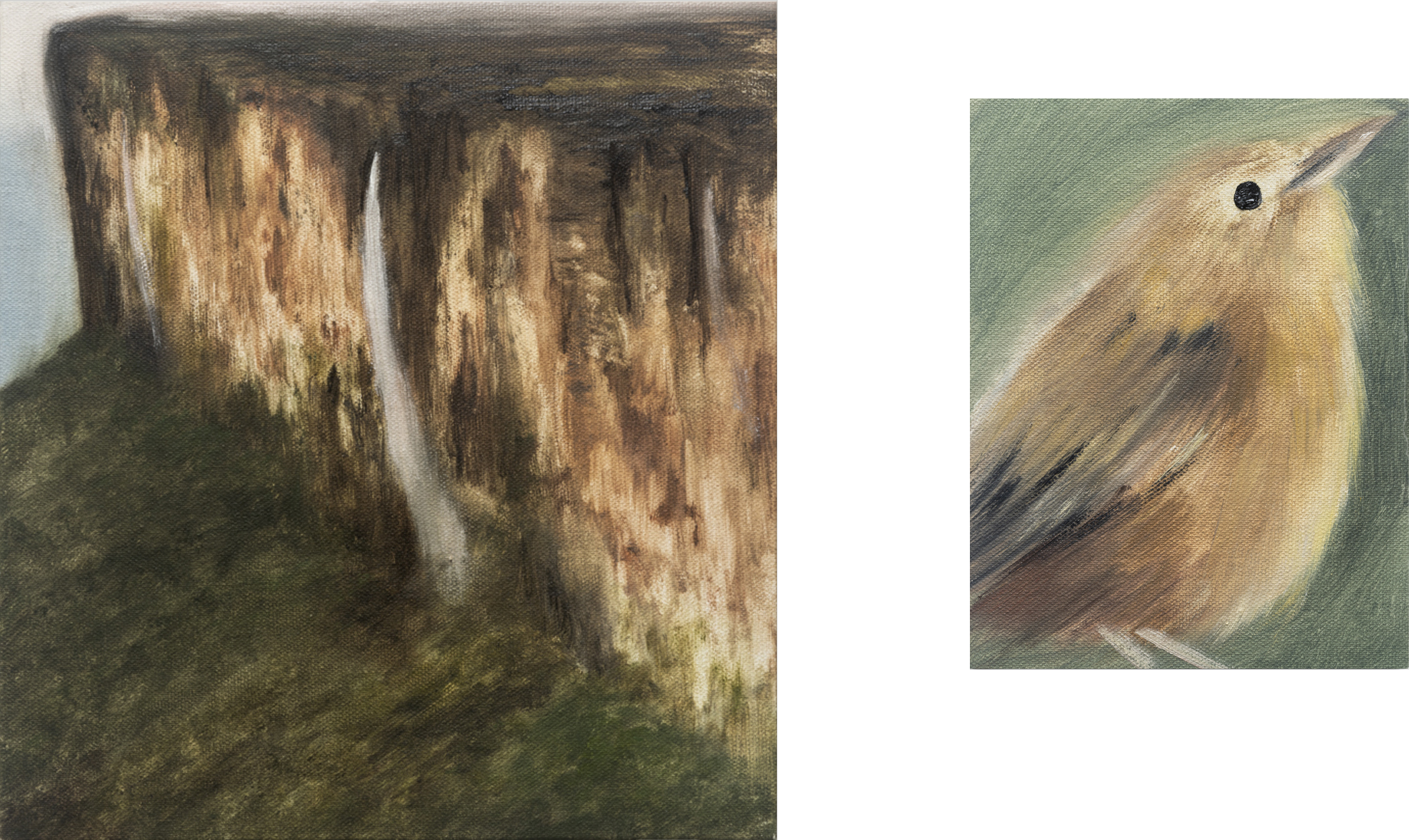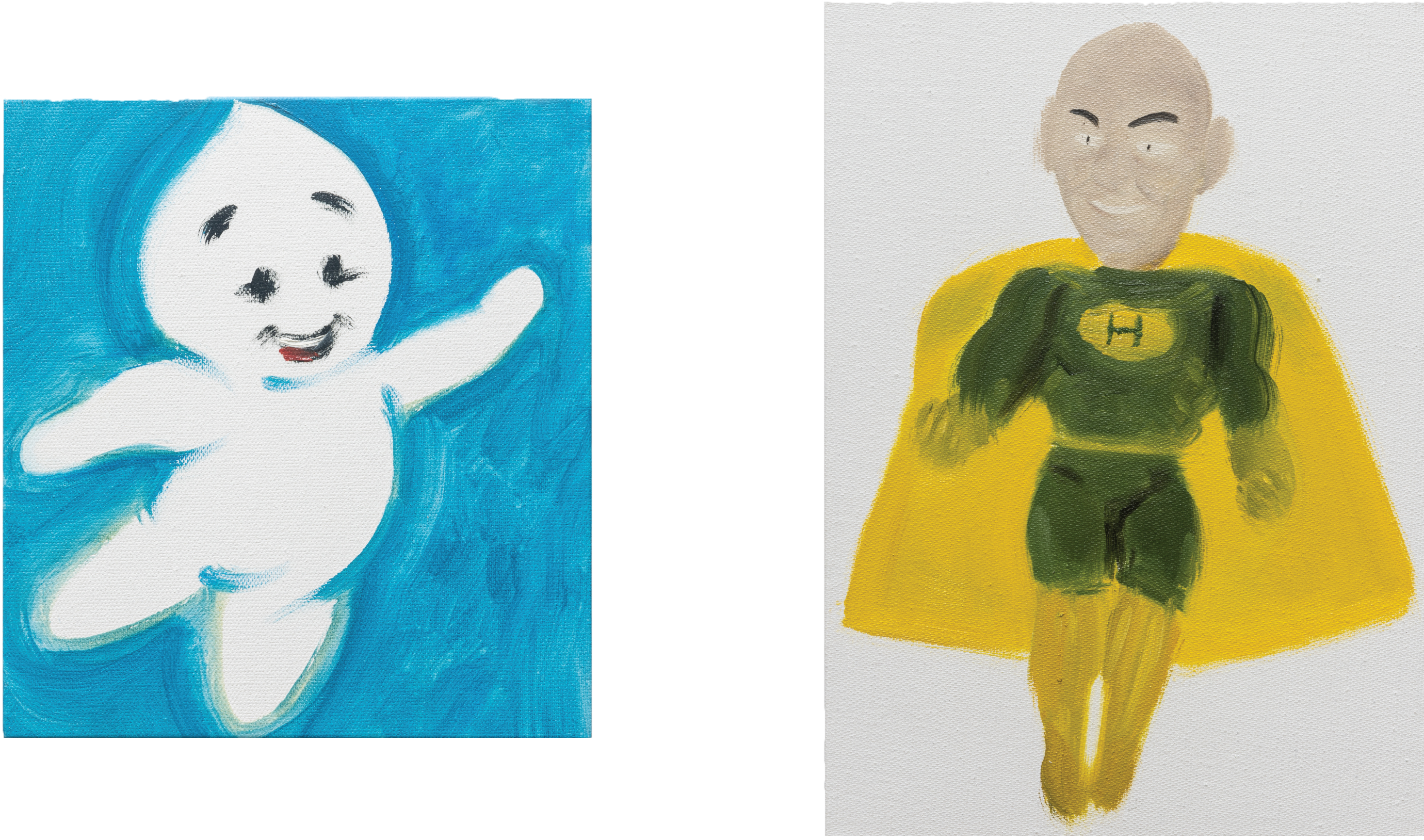Galeria Leme is pleased to announce CHURASCO, the first solo show by Gabriel Giucci at its place. The artist features in a series of canvases unshown to the public an iconographic Brasiliana of the contemporary moment. Paintings of fauna, landscapes, monuments and portraits of Brazilian politicians combine with news from the country weaving an allegorical panel that revisits the past, captures the present and questions the future. With artistic excellence and technical virtuosity, Giucci portrays emblems that are as ephemeral as they are enduring, of a diverse and unequal country. Continuing the research he has been developing over the last six years, the artist transposes images posted on social media to the painting, giving them thickness, presence and expression through his brushstrokes. The volatility of the images on the screens is suspended by the contemplation in the exhibition space.

The human bodies emerge as allegories of power that join the historical monuments that the artist chooses to paint. His work CHURASCO, which entitles the show, dialogues with the anthropophagic satire, although that modernist gesture presupposed some utopia, here this evocation refers to the urgent desires of abundance in the unequal’s republic. The artist presents an appropriation of the national flag, in which instead of the positivist motto “ordem e progresso” [Order and Progress], we read “churasco”. An imaginary party, a celebration of an idea of a Brazil capable of peacefully bringing together people with different experiences, beliefs and political thoughts. But the slogan of a barbecue misspelled evokes the despair and immediacy of a mirage of abundance, that doesn’t happen to everyone. It’s a Brasiliana practically without people, as if the population in its diversity had not been invited to the party.
















Amidst the lush landscapes, fires and seas of mud remind us of what remains in the face of the human destruction fire. The birds, despite being numerous, seem to be indifferent observers of the anthropocentric scenes. In the interplay of emblems employed by the artist, the depiction of the bull is a reminder that indifference is not always feasible.

